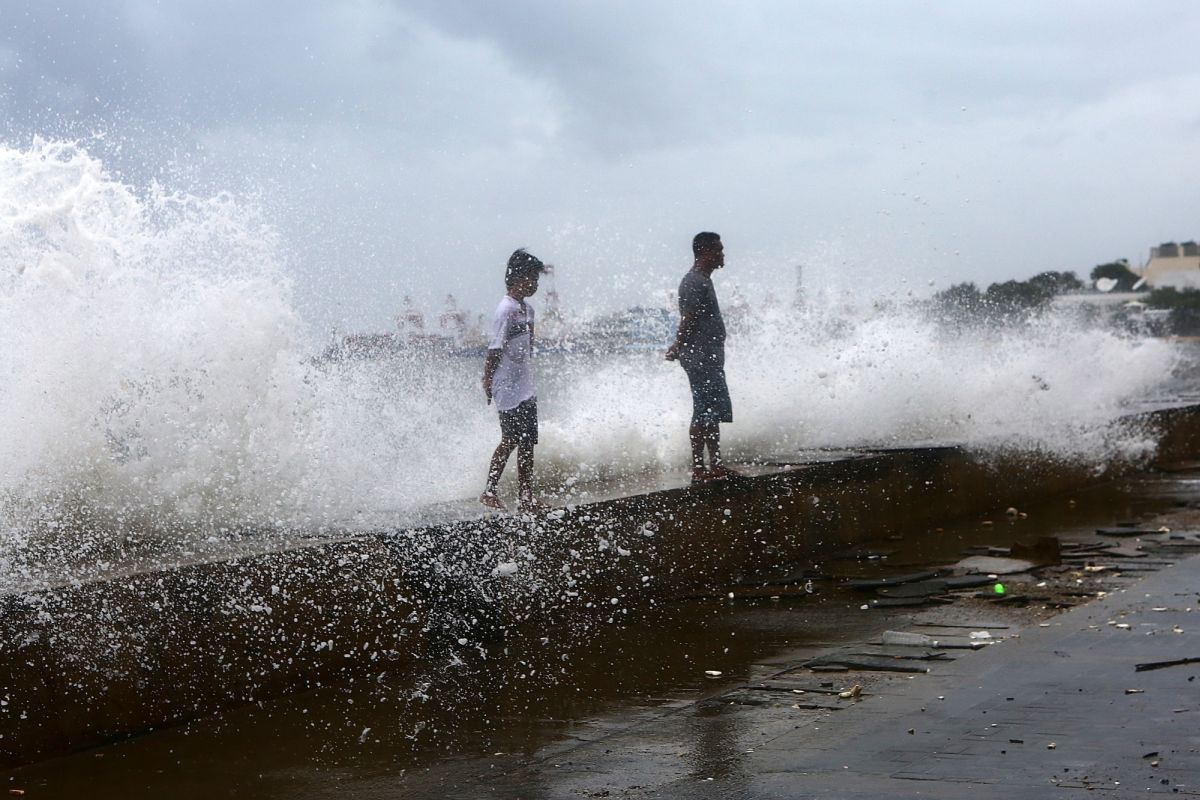Talim, the fourth typhoon of this year, made a second landfall in China’s Guangxi Zhuang Autonomous Region on Tuesday, after it first landed in the Guangdong province the previous night.
The typhoon made landfall at 5.45 a.m. on Tuesday in the city of Beihai in Guangxi, and reached the city of Qinzhou at 9 a.m., Xinhua news agency quoted the regional meteorological bureau as saying.
The maximum wind speeds near the centre of the typhoon reached 25 meters per second, and it is expected to move toward the northwest at a speed of 15 to 20 km per hour.
Rainstorms are forecast in the cities of Qinzhou, Fangchenggang and Chongzuo, with the gust speeds reaching as high as 33 meters per second in the southern and central parts of the region, the bureau added.
According to the the National Meteorological Centre (NMC), nearly 230,000 people in Guangdong had been evacuated to safety as of 5 p.m. Monday before the typhoon made landfall.
Local authorities have ordered the closure of 68 coastal tourist destinations, called back 2,702 fishing vessels and ordered 8,262 fish-farming workers to be evacuated ashore.
As a result of the typhoon, the NMC on Tuesday morning also renewed a yellow alert — the third highest — for rainstorms.
From 8 a.m. Tuesday to 8 a.m. Wednesday, heavy rain or rainstorms are forecast to hit parts of southern China, including the provincial regions of Guangdong, Guangxi, Fujian, Hunan, Guizhou and Yunnan.
Heavy downpours of up to 180 mm could lash some areas of Guangxi and Yunnan, according to the Centre.
Some of the regions will also experience heavy rainfall marked by 30 mm to over 70 mm of hourly precipitation, as well as severe convective weather conditions such as thunderstorms and gales, said the meteorological center.
Local governments have been advised to brace for the rainstorms and inspect drainage systems in cities, farmlands and fishponds.
Transportation authorities said that they have deployed rescue forces in response to the typhoon.
Eleven rescue vessels, five helicopters, 46 salvage ships and eight emergency rescue teams are standing by, according to the Ministry of Transport.
According to the NMC, the typhoon could lose speed by Tuesday and “weaken and dissipate over northern Vietnam” on Wednesday.
As a precautionary measure, authorities in Vietnam have evacuated around 30,000 people in Quang Ninh and Hai Phong, forecast to be the hardest hit.











